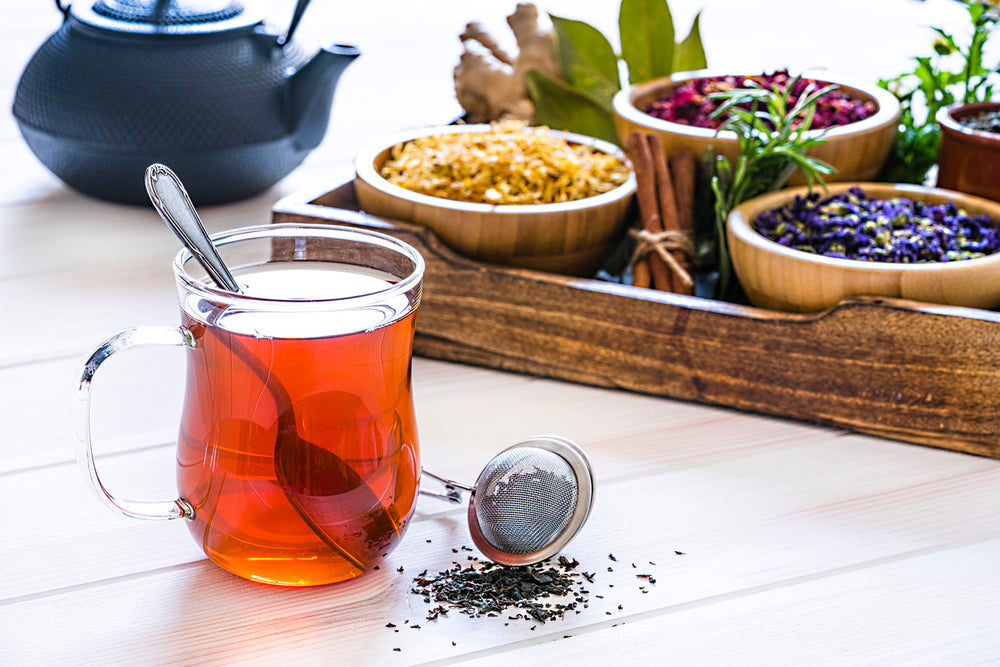Tea has long been valued for its numerous health advantages and rich cultural significance because of the broad range of varieties and flavours that it is available in. Of the many varieties of tea, speckle tea has drawn the interest of tea lovers. Speckle tea is distinguished from regular tea by the characteristic specks or spots on the leaves. Although there is nothing different about the method of tea preparation, the speckle on the tea leaves gives it a distinct flavour. Let us learn more about speckle tea and how it tastes:
Speckle Tea: Origin
Speckle tea is available in different types of tea categories – Oolong, Black, Green, and White. The speckles on the tea leaves are a result of some natural occurrences that happen during the tea production process. There are several factors, like the presence of some minerals, uneven withering, etc., that may cause the speckles to form on the tea leaves. Although the speckles make the tea leaves different from the regular leaves, they are definitely unique and special.
Categories of Tea
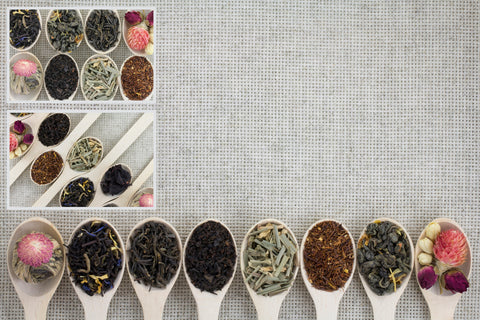
While speckles may be the same for all tea leaves, the variety of tea on which these speckles are present tends to make a huge difference in taste, aroma, and flavour. Four main varieties of tea are available, and speckle tea for each variety gives it a different taste.
Green
Green tea is very famous amongst health enthusiasts. It has a delicate and fresh taste, and since it is unoxidized during its production, it is very high in antioxidants. It has a grassy aroma, and sencha and matcha are two popular choices, offering several health benefits – it aids in lessening the risk of some chronic diseases and also aids in weight management. Green tea is popular in many tea cultures and is brewed with a little cooled water for a short period. It is known and enjoyed for its subtle yet powerful flavour, which is quite stimulating.
White
White tea is loved for its delicate flavour as it is minimally processed and oxidized. Silver Needle and the White Peony varieties of White tea are known for their delicate floral and sweet undertones, providing a delicate and complex cup of tea. White tea is a popular option for people looking for a mild and wholesome cup of tea. It is brewed with slightly cooled water for a few minutes. It is high in antioxidants and is believed to have anti-aging qualities.
Oolong
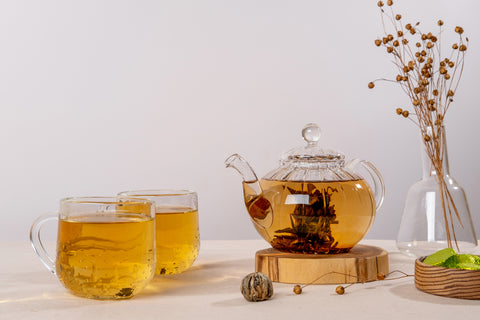
Oolong tea has a wide spectrum of flavours and ranges from fruity and floral to toasted and strong. It gets its flavour from its partially oxidized leaves. Oolong tea varieties like Wuyi Rock tea and Tieguanyin are known for their complex processing methods, where the tea leaves are withered, bruised, and oxidized using controlled methods. Oolong tea is steeped for different durations in water that has been gently cooled. The tea offers antioxidants and helps with digestion and metabolism. Overall, it helps in weight control and general well-being.
Black
Black tea is known for its robust and bold flavour profile. It undergoes complete oxidation during its processing. Black tea has its roots in Assam, Darjeeling, and Ceylon. It is popular among tea lovers because of its robust, malty flavour. It is often consumed with milk and/or sweeteners after being steeped in hot water for a few minutes. Black tea is high in antioxidants and is thought to offer several health advantages, including possible support for heart health and cognitive function.
Factors that Cause the Speckles on the Tea Leaves:
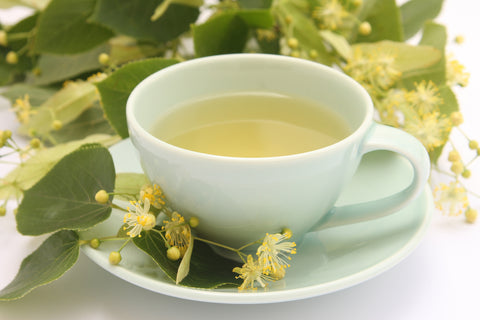
There are four major factors that cause the speckles on the tea leaves. They are as follows:
Uneven Withering
Variations in the moisture content of tea leaves might occur during the production process if the withering of the leaves is uneven. The tea leaves may then develop speckles or spots due to this uneven withering. The tea leaves then get a distinctive appearance that sets them apart from other tea varieties.
Oxidation
Variations in levels of oxidation of tea leaves can give speckled tea its distinctive look. If the oxidation process is uneven or if various portions of the leaves oxidize to different degrees, then the tea leaves get speckles on their surface, giving them a unique and textured appearance that sets them apart from other tea leaves.
Firing
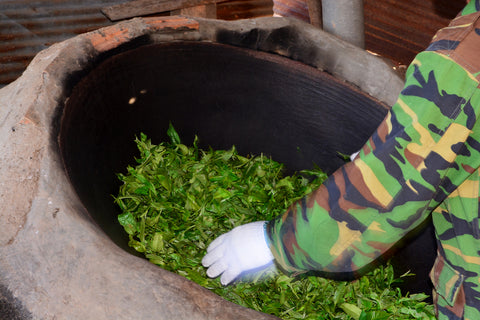
In the firing process, heat is applied to the tea leaves to stop the oxidation process and proceed with drying. It is one of the reasons why the tea leaves get speckles. If the process of firing is not even or some parts of the leaves are exposed to different temperatures during this process, then they tend to develop speckles.
Presence of Certain Minerals
Tea grows in different parts of the world, and depending on the soil type where the tea plants grow, the leaves may come in contact with various minerals present in the soil, such as manganese, calcium, iron, etc. When these minerals interact with the tea leaves at various stages of their development, they may develop speckles that look different and also impact the flavour of tea to some level.
Together, these factors give speckle tea its unique appearance and make it visually appealing and unique that appeals to connoisseurs and tea lovers alike. The way these elements interact during the tea-making process highlights how complex tea processing and cultivation are, demonstrating the fine balance between human skill and natural effects in producing this rare and in-demand tea variety.
Since every variety of tea produced tastes different, the speckles on them also impact differently for each variety, enhancing their texture and flavour.


 Christmas 2025
Christmas 2025
 Frozen Food
Frozen Food
 Baking
Baking
 Beans, Peas, Soups & Tins
Beans, Peas, Soups & Tins
 Biscuits, Crackers & Cookies
Biscuits, Crackers & Cookies
 Candy / Sweets
Candy / Sweets
 Crisps & Snacks
Crisps & Snacks
 Chemist / Pharmacy
Chemist / Pharmacy
 Desserts
Desserts
 Gravy, Stock & Paste
Gravy, Stock & Paste
 Haggis
Haggis
 Indian Sauces, Paste and Pickle
Indian Sauces, Paste and Pickle
 Jams & Preserves
Jams & Preserves
 Poppy Appeal
Poppy Appeal
 Pot Noodles & Super Noodles
Pot Noodles & Super Noodles
 Scone Mix
Scone Mix
 Gluten-Free / Free From
Gluten-Free / Free From
 Tea Accessories
Tea Accessories
 Teapot & Tea sets
Teapot & Tea sets
 Tea For One
Tea For One
 Sugar & Creamer
Sugar & Creamer
 Tableware
Tableware
 Serveware
Serveware
 Plates & Trays
Plates & Trays
 Bowls
Bowls
 Cups & Saucers
Cups & Saucers
 Mugs
Mugs
 Silverware
Silverware
 Dinnerware - Accessories
Dinnerware - Accessories
 Dinnerware - For Pets
Dinnerware - For Pets
 Victoria Eggs - Hand-Drawn UK Homeware
Victoria Eggs - Hand-Drawn UK Homeware
 Jewelry & Accessories
Jewelry & Accessories
 Sale
Sale
 Christmas Gifts
Christmas Gifts
